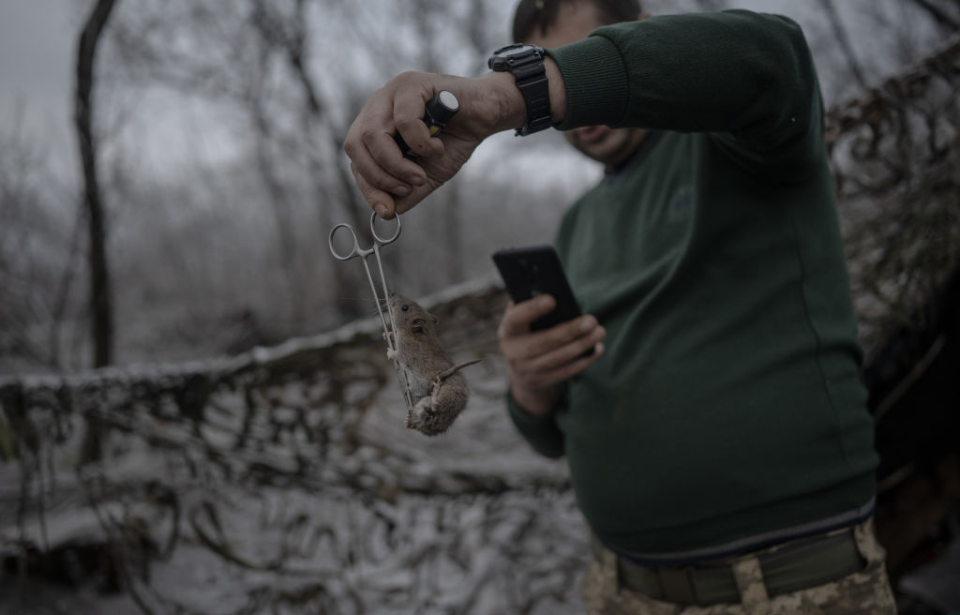Many are aware that trench warfare has featured heavily on some fronts of the Russo-Ukrainian War, bringing to mind images of World War I and the Western Front. It appears the trench systems winding through Ukraine are more similar to their Great War counterparts than first thought, with service members complaining of worsening conditions and rat infestations.
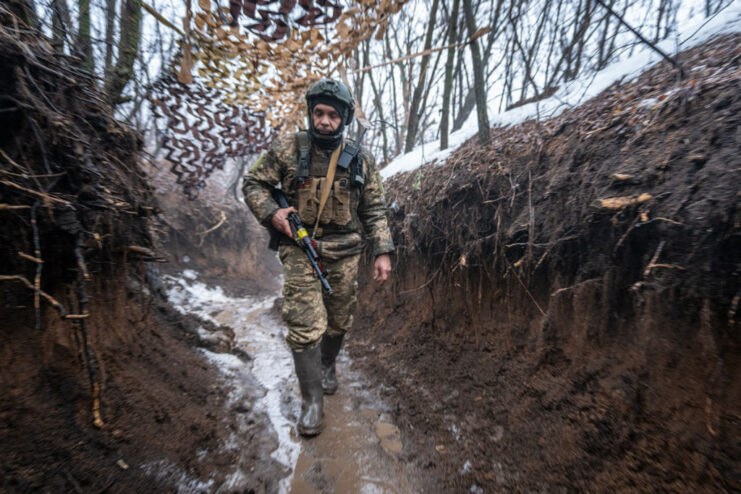
News of the poor conditions was brought to light by CNN, which reported that mice and rat infestations are spreading diseases that cause “soldiers to vomit and bleed from their eyes.” Not only does this impact the overall strength of both the Russian and Ukrainian militaries, but it also serves as a stark reminder of why trench warfare was so deadly during the First World War.
Videos and images uploaded to social media show the extent of the problem, with troops on both sides having to contend with rodents scurrying along wires and their beds – some have even made their homes in coat pockets. What’s more, they’re chewing through wires, damaging equipment.
While measures have been taken, such as the recruitment of “trench cats,” there are simply too many mice and rats for the animals to be effective.
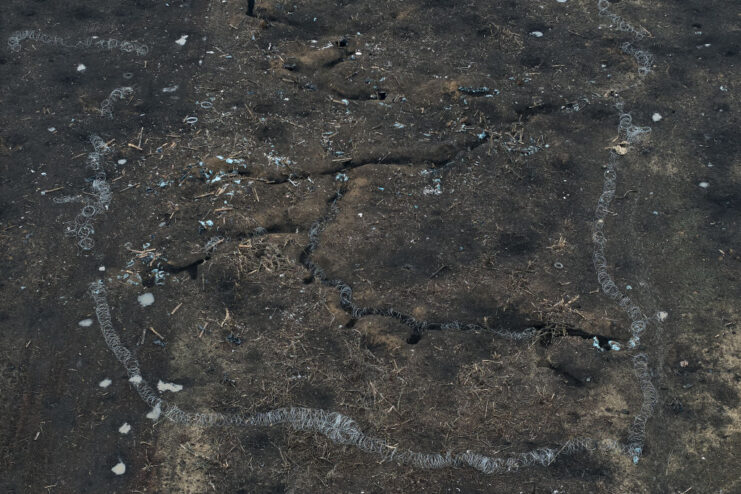
In December 2023, the Ministry of Defence of Ukraine issued a release, in which it talked about an outbreak of “Mouse Fever” among Russian soldiers in Kupiansk. Stating the disease is transmissible between mice and humans, the ministry listed several symptoms, including:
- High fever
- Nausea and vomiting
- Low blood pressure
- Severe headaches
- Rashes and redness
- Hemorrhaging in the eyes
- Kidney issues, causing problems with urination and severe lower back pain
“Complaints about fever from the Russian Army personnel involved in the war against Ukraine were ignored by the command, considering them as another manifestation of evasion from participation in hostilities,” the release read, adding the disease has “significantly reduced the combat capability of the Russian soldiers.”
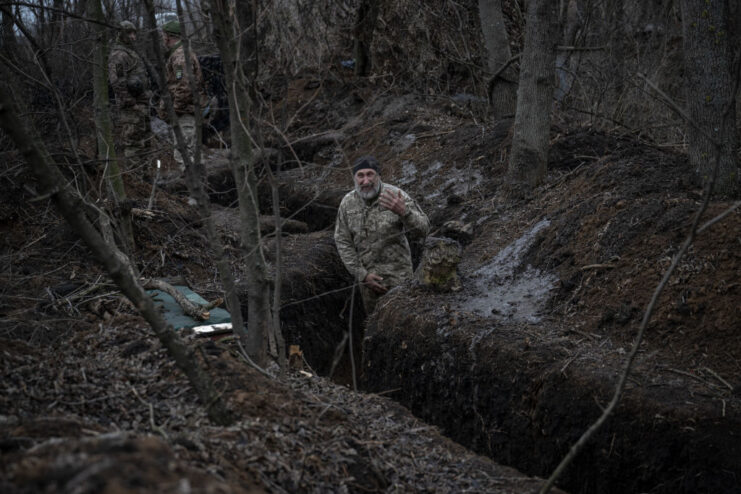
Along with spreading disease, the mice and rat infestations have also begun to impact morale along the 621-mile frontline, with many unable to get more than a few hours of sleep per night because of the rodents crawling over and biting them. The damage to equipment also puts them at risk, as they are sometimes unable to transmit communications.
According to CNN, the infestations are primarily the result of seasonal changes and the rodents’ mating cycles. With Ukraine in yet another winter, the former means that more and more mice will be making their way to the trenches, in an attempt to keep warm amid the negative temperatures.
The static nature of the Russo-Ukrainian War has also played a part, with fighting at a stalemate.
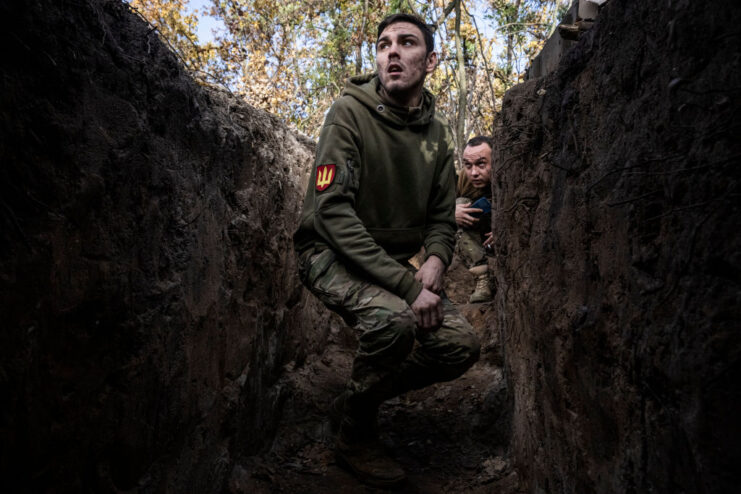
As aforementioned, the infestations being experienced in the trenches of the Russo-Ukrainian War are very reminiscent of what troops had to contend with during WWI. Unsanitary conditions, the mass death tolls and the static nature of the conflict made the Western Front an ideal breeding ground for rats, meaning servicemen came face-to-face with the rodents regularly.
Forced to live in such close proximity to the rats, soldiers on the frontlines often suffered from a myriad of contagious diseases, the most common being typhus, trench fever and leptospirosis. While the rats themselves didn’t always transmit these illnesses, the lice that fed on them did, and that, paired with the rodents’ propensity to gnaw on the injuries of the wounded, made living within the trenches a veritable hell on earth, both physically and mentally.
More from us: The Magic Engineering Behind Why Early Fighters Didn’t Shoot Their Own Propellers
As with the Russo-Ukrainian War, steps were taken to lessen the amount of rats in the trenches along the Western Front. Cats and dogs were brought in to kill the rodents, and chemicals were also used. However, the latter’s deployment was short-lived, after it was shown the gases had a negative effect on the soldiers themselves.
